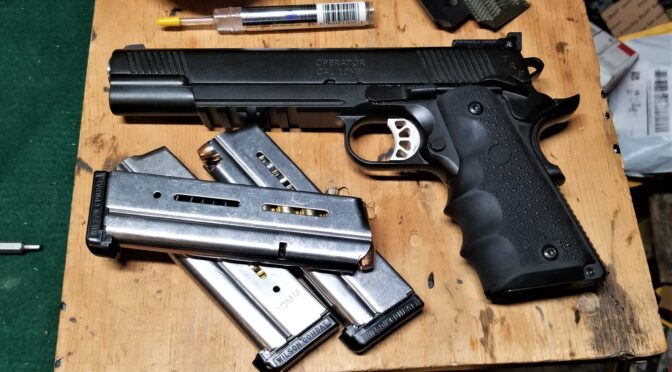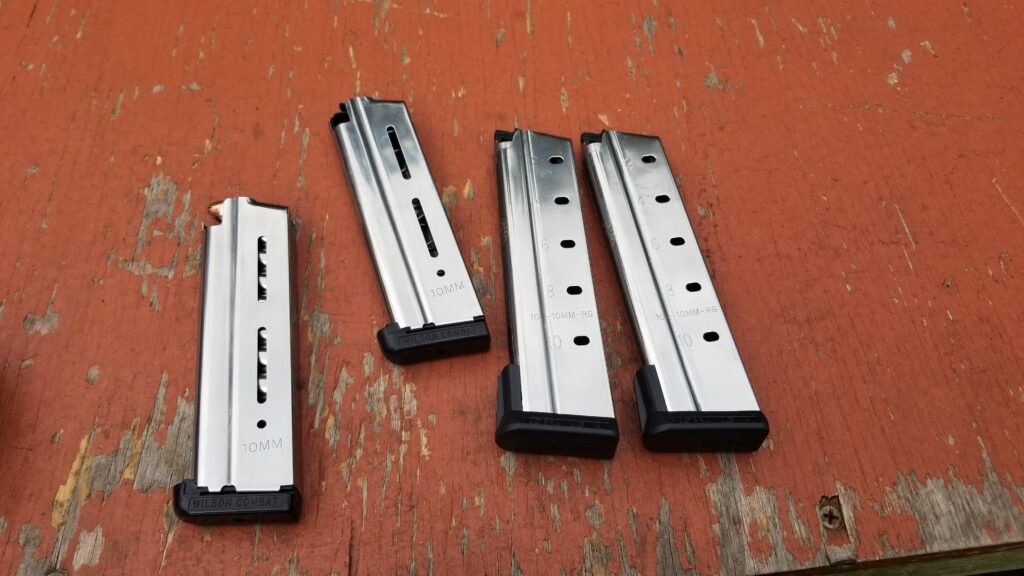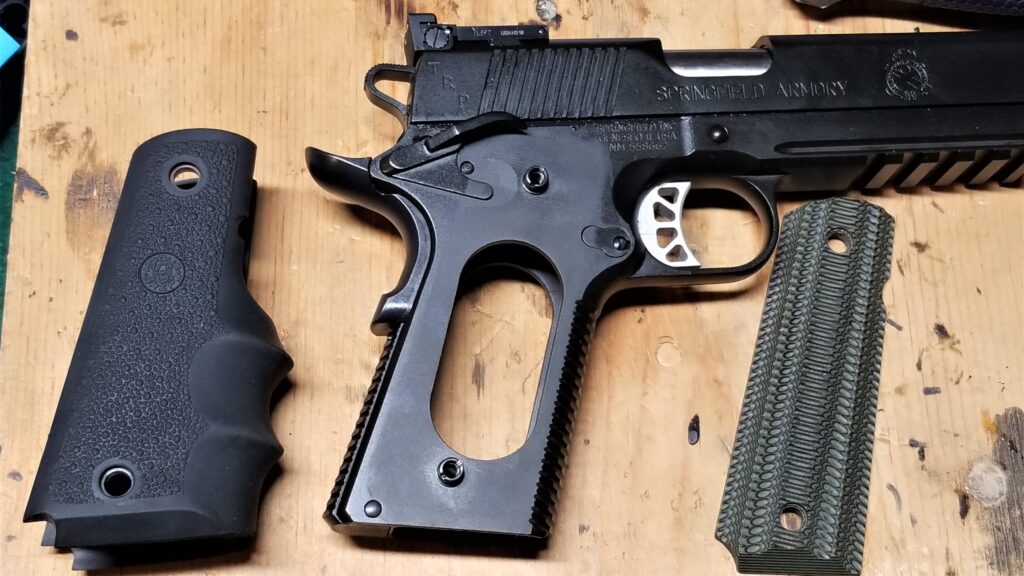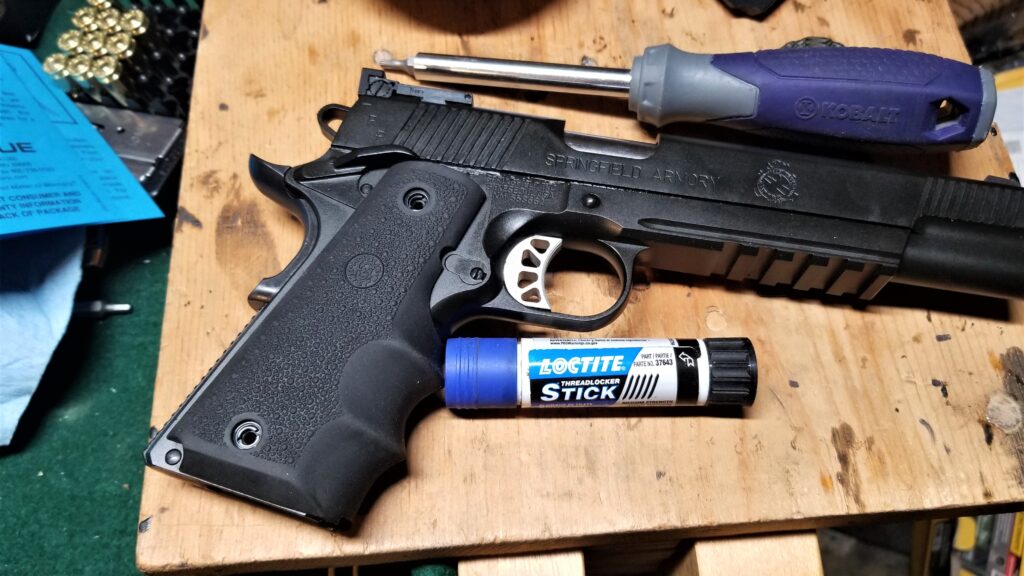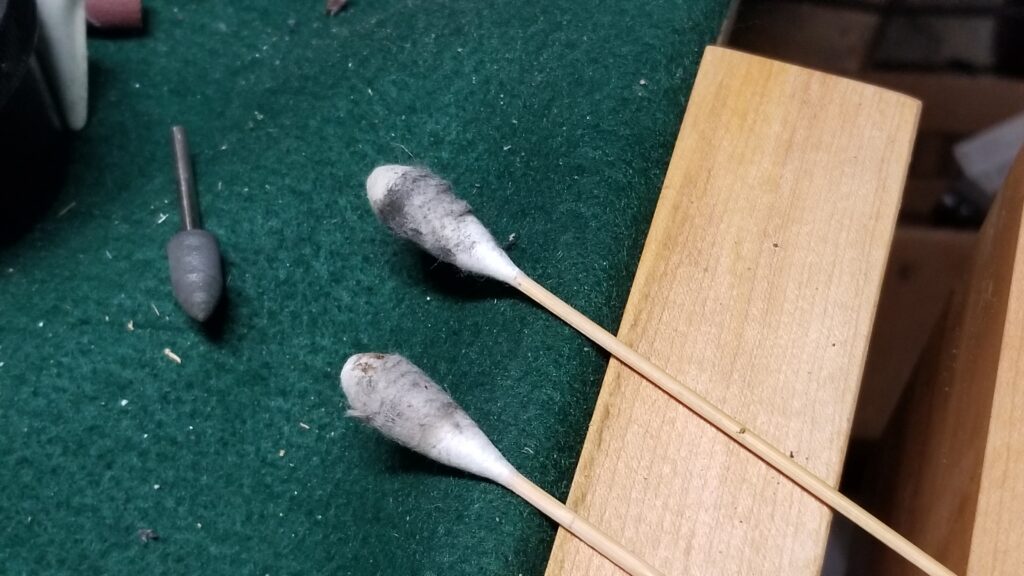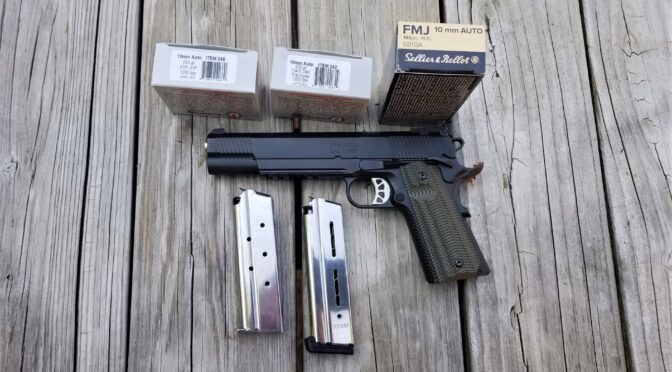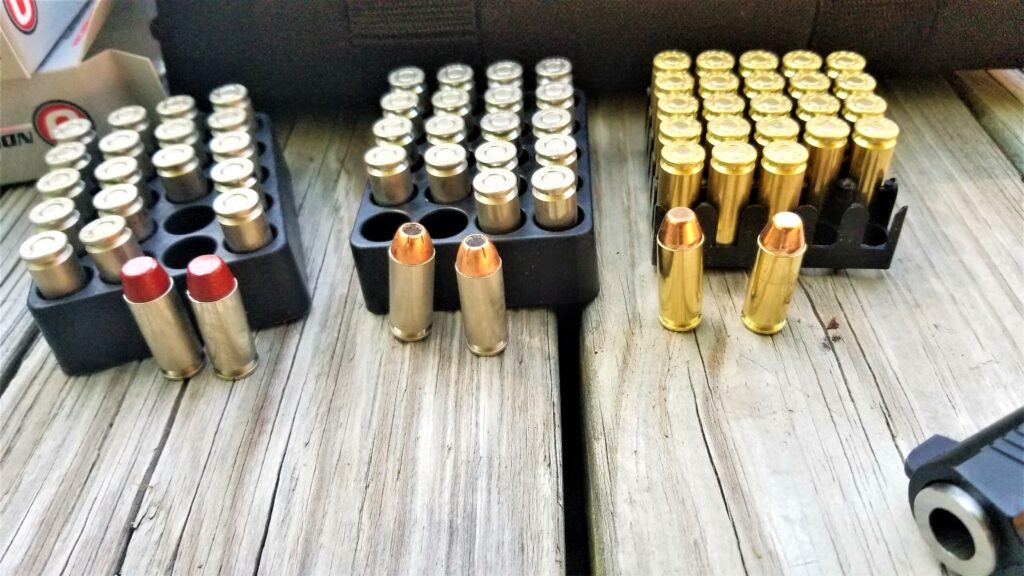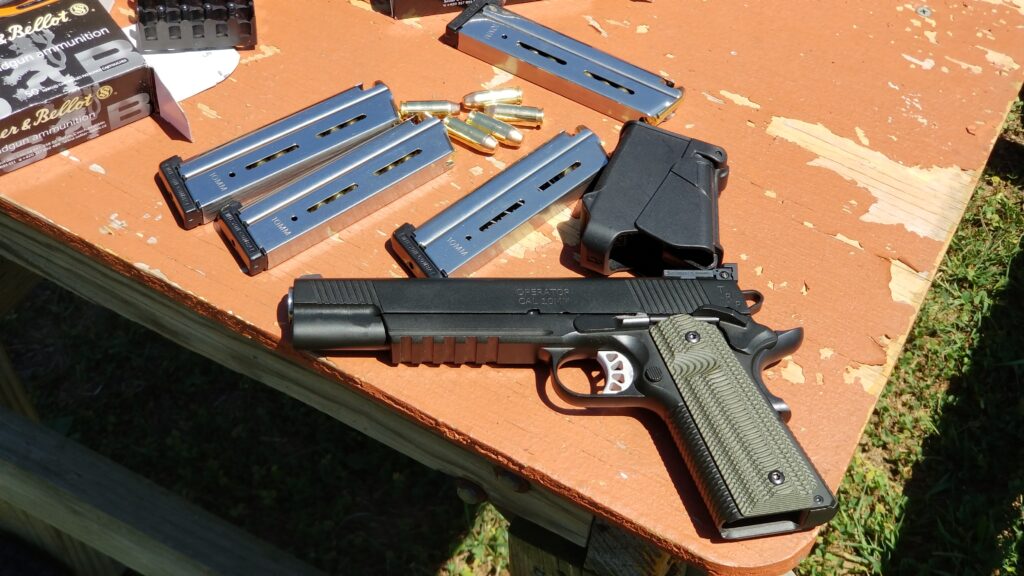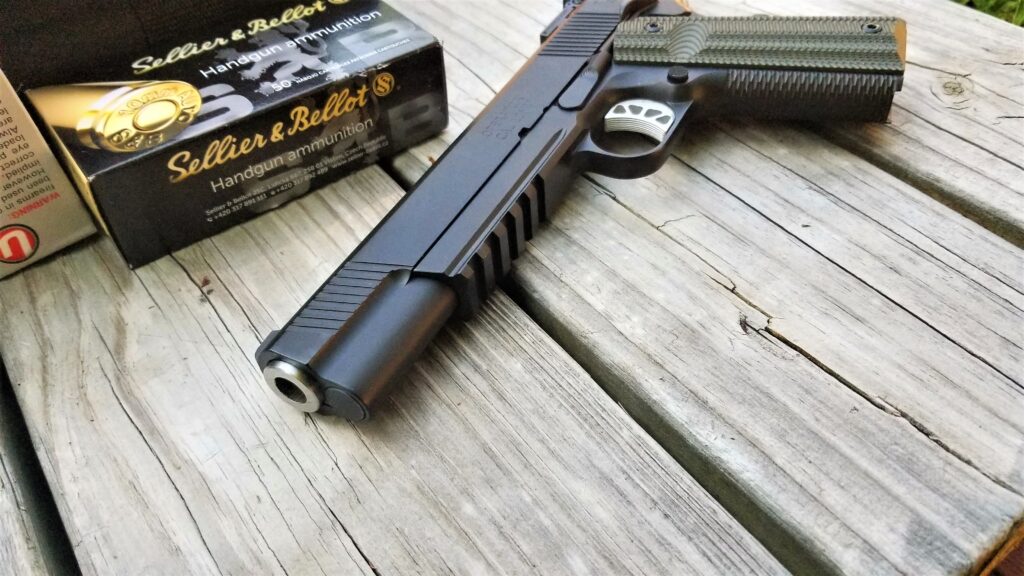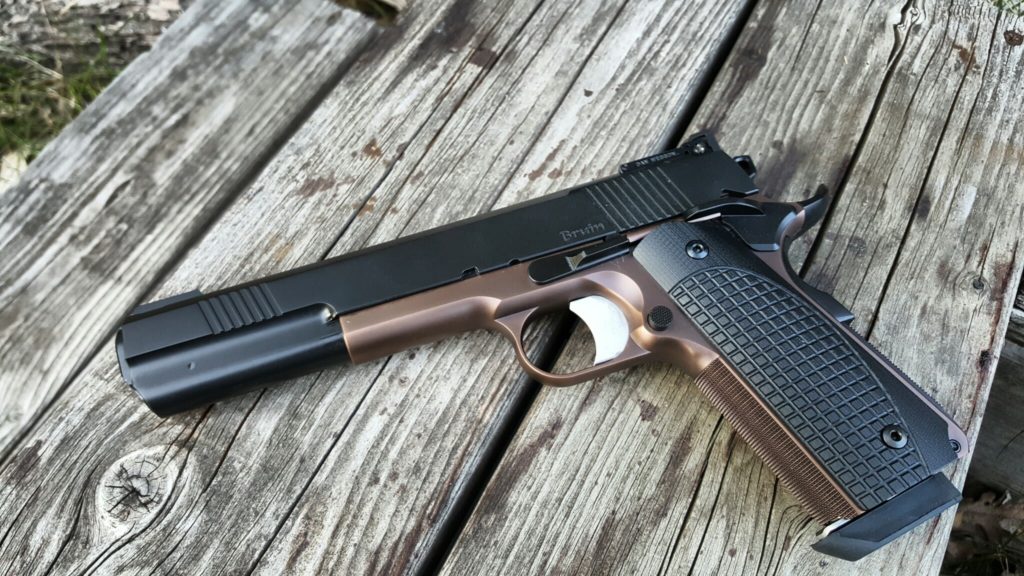H folks – I’ve had a few questions come in about my Springfield Armory TRP Operator 10mm 6″ pistol. I answered the emails but figured a blog post might help others out so I am going to list the question and my answer to each.
Was it reliable out of the box?
The short answer is “no” and for the price you’d expect better reliability out of the box. This is my third 6″ 10mm 1911 style pistol – I had a Rock Island Big Rock (their Tac Ultra (arguably a 2011-style given the double stack magazine) and a Dan Wesson Bruin. Only the Bruin was flawless in terms of operation out of the box. I wish I hadn’t sold it actually.
I am to the point in life where I trust nothing out of the box and have found that ammo, lubrication, magazines, and design factors all can impact reliability. The TRP Operator had issues until I sent it back to Springfield Armory for repair – the slide was randomly locking open so they replaced that and I also noticed the magazine release button was far stiffer. I’d heard that they go over the pistols carefully when they go back for repair and I guess they do. I lubricated it carefully, took it to the range and only then did it run without any surprises. It does run very well now.
At any rate, I learned from my friend Scott Igert what I needed to do to improve chambering for the Big Rock and wrote a blog post about it. I did the same to the TRP and it did solve the chambering problem. I did a blog post on that too.
It does beg the question why did I need to do this in the first place – the TRP wasn’t reliable with any model of mag I had or any type of ammo including FMJ. What it tells me is that they really didn’t put a lot of care into assembly. It also reinforces that you should never trust a pistol out of the box for something critical – hunting or defense – ever.
Note, I am to the point where I also immediately replace the mags of 1911s which leads us to the next point.
What magazines do you run?
I’ve had so many feed problems caused by 1911 magazines over the years that I always replace the mags that come with the pistol with Wilsons or Tripp Research Cobras. I did not have magazine related problems with the 8 round magazines.
I did write up a blog post if you are interested.
What ammo works best and worst?
Guys ask this quite a bit. My go-to ammo maker for 10mm is Underwood. They have a number of offerings and a great reputation. So, I have a number of HP and hard cast rounds from them and they all work just fine. For range ammo, I use 180gr S&B FMJ and it all works fine,
I simply can’t afford to buy a ton of brands and types of ammo to test – the above is just my experience.
Does it use a barrel bushing like a traditional 1911?
In short, no it does not. A match bull barrel is fitted to the slide.

Does it use a captured recoil spring?
No, it uses a unique setup of a rod, spring and end cap (see the above photo) that fit together but are not held together in any way. I’ve not seen this setup before and while it makes re-assembly a different experience, it does work and I am used to it now. I would gladly have replaced it with a captured model but I was unable to find anyone who makes one for the 6″ TRP.
Is the 6″ model worth it vs the 5″ model?
I’m to the point that a 6″ pistol really is for hunting and I’d prefer shorter for easier carrying. The weight and balance of a 6″ 1911-style pistol, including the TRP, really soaks up the recoil of the 10mm and makes it easy to shoot – even heavy loads. I really like the 10mm cartridge and think I will get either a 4.25″ or 5″ 1911 model in the future. I may just get a Rock Island and plan on tuning it up out of the box – they are good base pistols in my honest opinion.
I do have a custom shoulder holster from Tucker Custom Gunleather that is a work of art but your’s truly who stands 5′ 8″ is maybe 2-3″ too short to pull it off comfortably. I’d go with a 5″ or even a commander next time if I wanted it for EDC. I have a Blackhawk Spec Ops chest holster that works great for the TRP for field use.
Why did you replace the grips?
The short answer is that I have carpal tunnel and rubber grips are way easier on my hands.
Do you like your TRP Operator and would you recommend it?
This is a weird question for me to answer. The reliability sucked out of the box and really disappointed me – especially given the cost. It runs great now though and I think I am to the point that I trust it. I only have maybe 100 rounds through it since it came back from Springfield Armory to fix the random slide locking open issue and want to get 100-200 more through it before I decide for sure.

I will say that Springfield Armory’s customer service was good but the repair turnaround was slow due to all of the pandemic buying – I sent it in for repair in late June or early July and got it back in about six weeks. No telling how long it would be now if someone needed to send in their pistol. I always have a “can I trust this now” thing going on in my head when a pistol comes back from repair.
So I am thinking as I write this. I guess I would say the TRP Operator is a decent pistol but it does not wow me – especially for the cost and what I needed to do. If you buy one, I would absolutely recommend you test the hell out of it before relying on it. That’s a recommendation I would make regardless of weapon to be fair. In conclusion, I do think it is reliable now and may very well keep it – we’ll see how it performs over time.
Note, I have to buy all of my parts – nothing here was paid for by sponsors, etc. I do make a small amount if you click on an ad and buy something but that is it. You’re getting my real opinion on stuff.
If you find this post useful, please share the link on Facebook, with your friends, etc. Your support is much appreciated and if you have any feedback, please email me at in**@*********ps.com. Please note that for links to other websites, we are only paid if there is an affiliate program such as Avantlink, Impact, Amazon and eBay and only if you purchase something. If you’d like to directly contribute towards our continued reporting, please visit our funding page.
